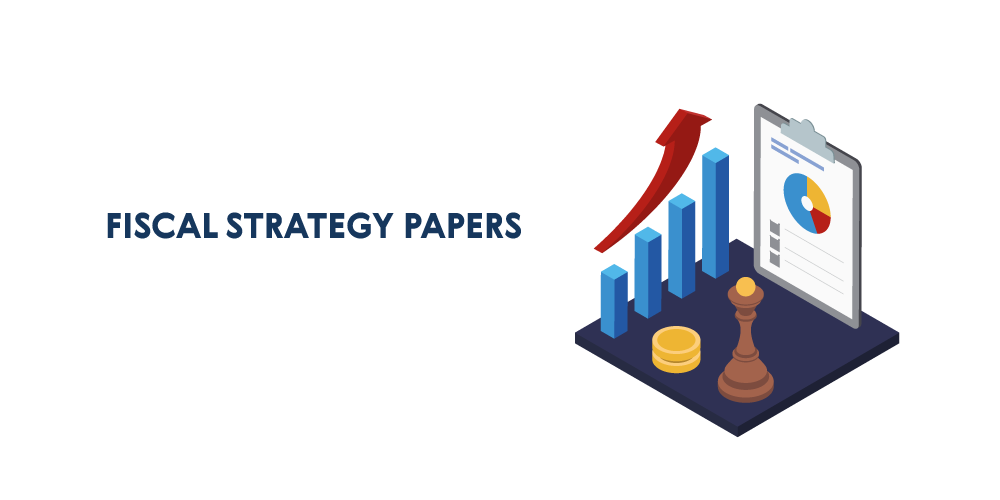The public administration of the Republic of Serbia has been reforming since 2004, but the main goal – providing the necessary legal framework for the functioning of the public administration system and local self-government – has been realized only since 2014. In parallel, due to the consequences of the global financial crisis, as well as the inadequate management of personnel and financial capacities in administration, the Government of the Republic of Serbia is also launching optimization of processes and restructuring, salary regulation and securing financial discipline.
The decision was to start with much more careful planning of the necessary staff and purposeful reorganization in order to improve the performance and provide better quality of services that, as a management, we provide to our citizens and businessmen, with increasing efficiency and productivity.
It was necessary that the optimization and modernization of the public administration run rationally, transparently and responsibly, with the support of all relevant state and social actors, and above all citizens, who directly participate in the process of reform and the creation of a democratic society.
Serbian finances have been overburdened over the past decade with the excessive overall costs of the state, but the poorer structure is even more problematic, and based on the analysis it has been concluded that there is a significant potential for better discipline and organization of work, as well as modernization, labor costs, and the flexibility of work and the state’s performance increases.
Although the Fiscal Strategy for 2015-2017 envisaged a 5% reduction in the number of employees in each of the three years, analyzes have shown that such a decision does not seem either necessary or advisable. On the one hand, besides reducing the number of employees, there is room for further reduction of the average cost per employee, without additional salary reduction. On the other hand, although the total number of employees in the general government is higher than the sustainable for Serbia, this number is not large compared to other countries – the greater the problem is the uneven distribution of employees. Namely, in addition to surpluses, there are also shortcomings, and this problem must be addressed in order to enable the state to provide the necessary services to the citizens and the economy, as well as to support Serbian integration to the EU.
The rationalization process started:




